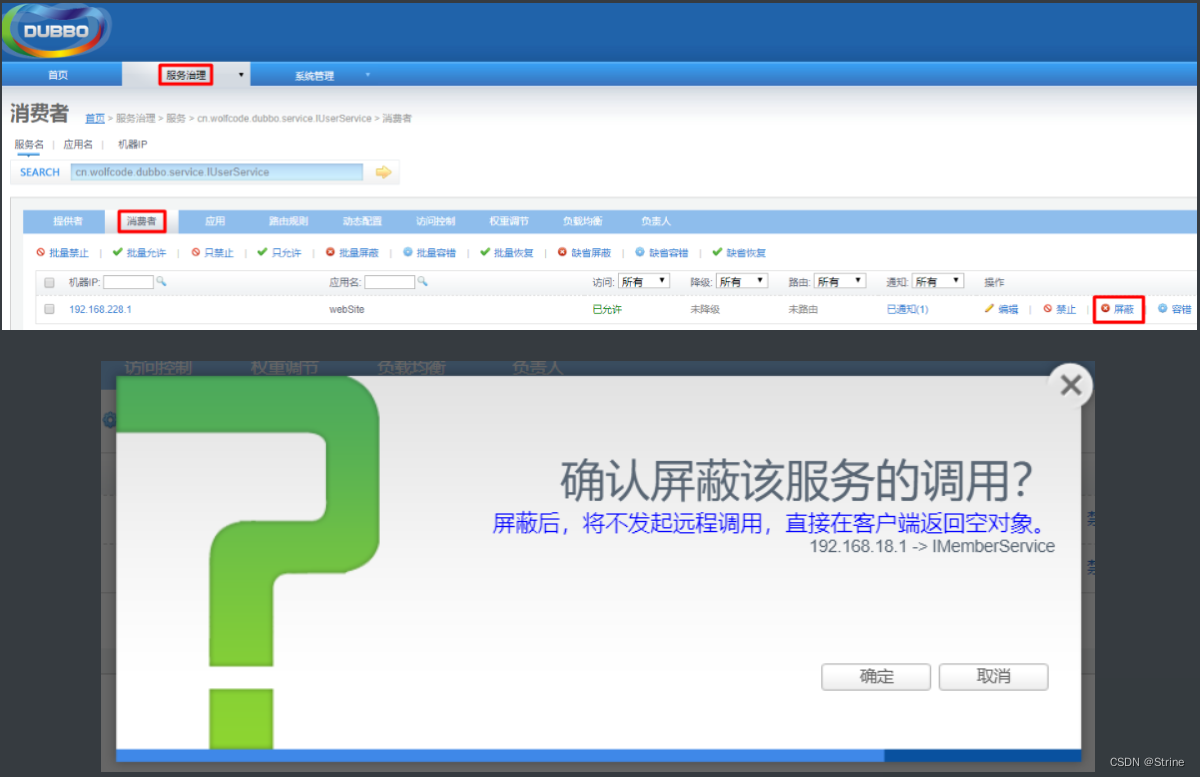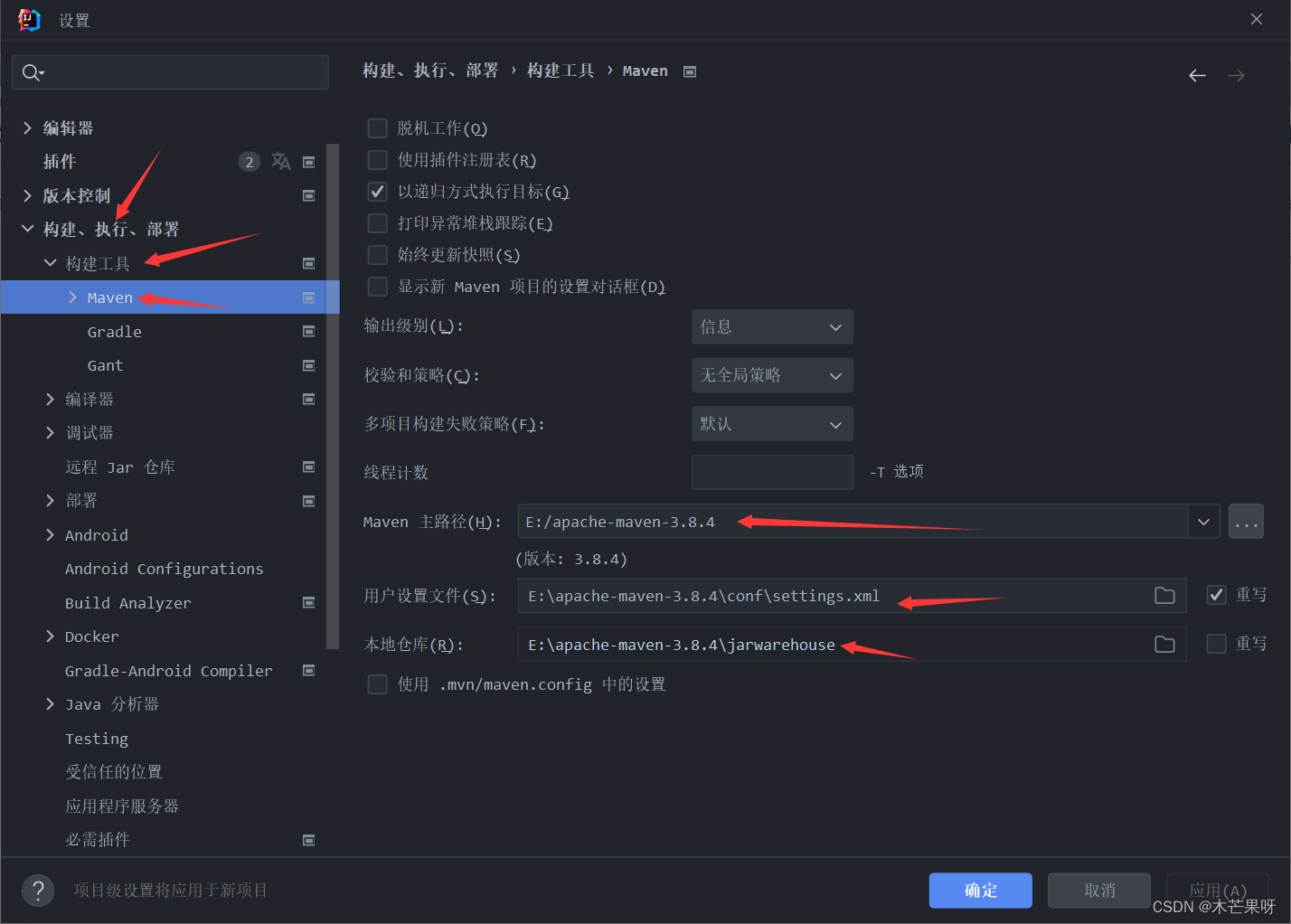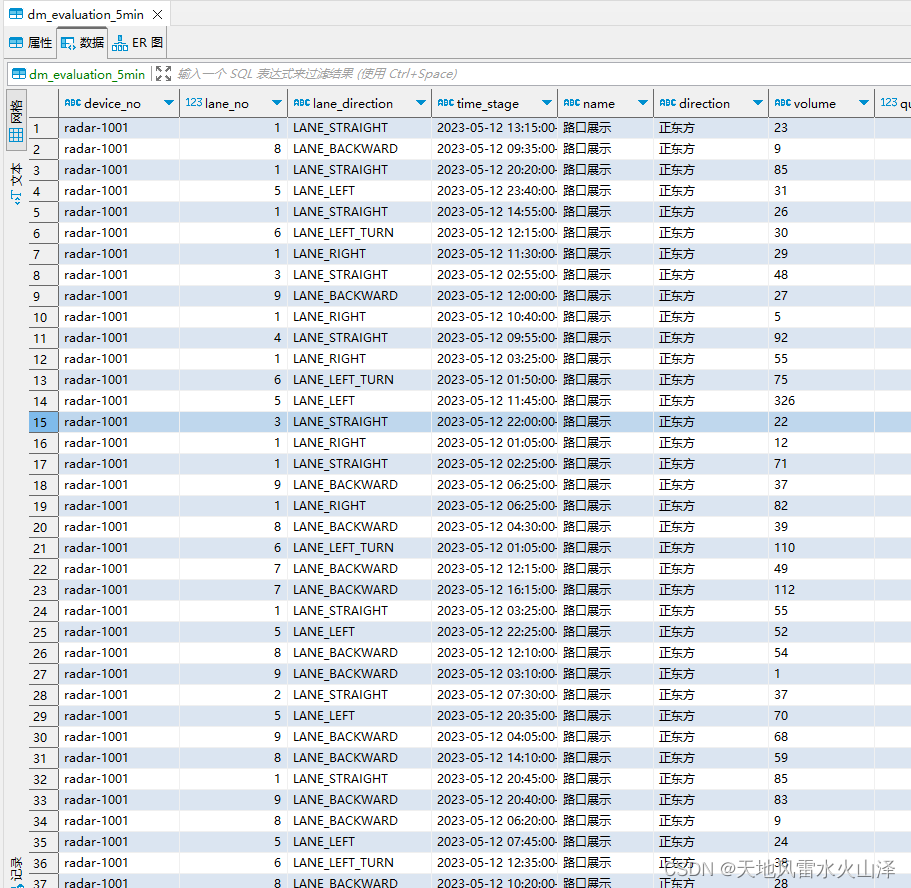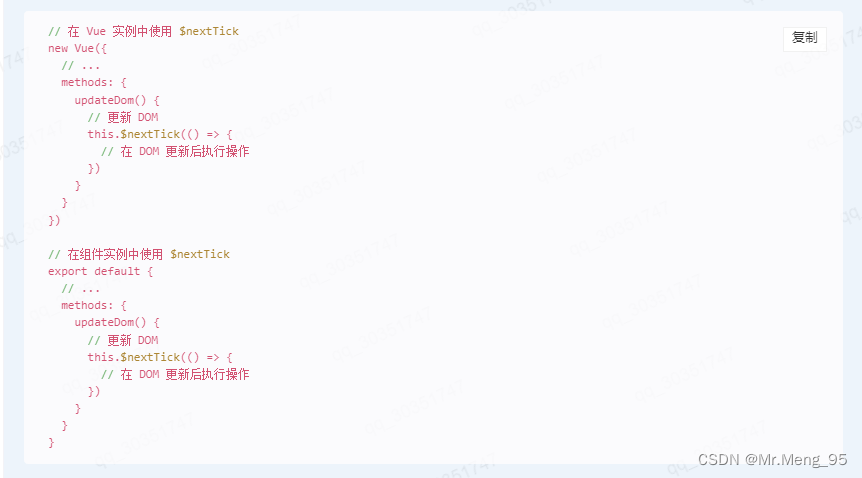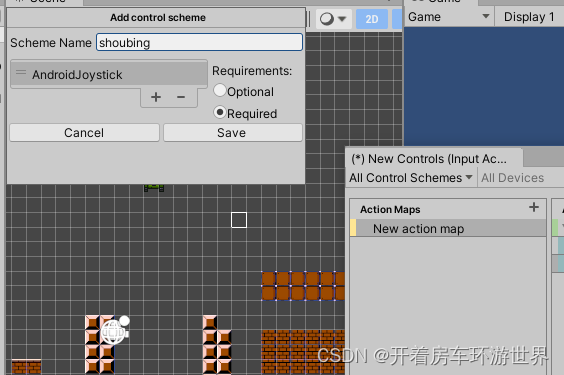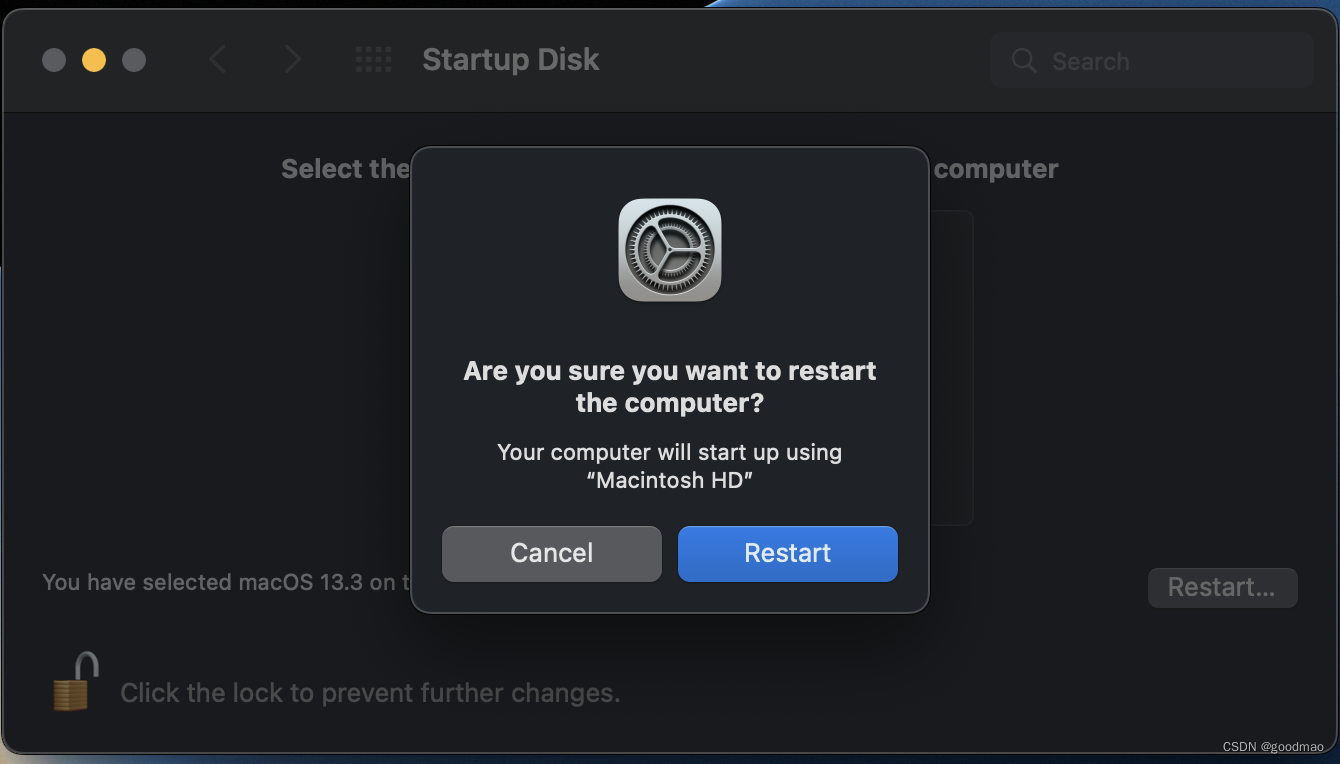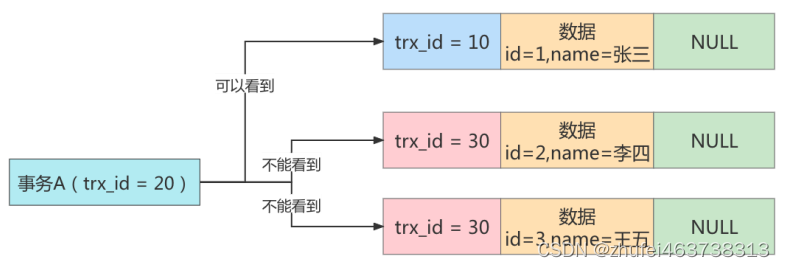背景
生产环境中 select count(*) from table 语句执行很慢,已经远超 long_query_time 参数定义的慢查询时间值,但是却没有记录到慢日志中。在测试环境也很容易复现出该问题,慢查询日志确实没有记录 select count(*) 语句。
慢查询相关参数设置如下:
slow_query_log = 1 #开启慢查询日志
slow_query_log_file = /mydata/3306/log/mysql.slow.log #慢查询日志文件目录
log_queries_not_using_indexes = 1 #开启记录未使用索引的SQL
log_slow_admin_statements = 1 #开启记录管理语句
log_slow_slave_statements = 1 #开启主从复制中从库的慢查询
log_throttle_queries_not_using_indexes = 10 #限制每分钟写入慢日志的未用索引的SQL的数量
long_query_time = 2 #定义慢查询的SQL执行时长
min_examined_row_limit = 100 #该SQL检索的行数小于100则不会记录到慢日志
select count(*) 执行原理可以总结如下:InnoDB 存储引擎在执行 select count(*) 时,Server 层遍历读取 InnoDB 层的二级索引或主键,然后按行计数。
因此,慢查询日志不应该没有记录到执行时间超过long_query_time 的 select count(*) 语句。
慢查询日志源码剖析
为了一探到底,在 MySQL 源码中找到了以下记录慢查询日志的相关函数,本文所涉及的 MySQL 数据库版本为 8.0.32。
sql_class.cc 文件中的 update_slow_query_status 函数:
void THD::update_slow_query_status() {
if (my_micro_time() > start_utime + variables.long_query_time)
server_status |= SERVER_QUERY_WAS_SLOW;
}
my_micro_time 函数返回的是当前时间,如果当前时间大于这条 SQL 执行的开始时间加 long_query_time 参数定义的时长,则更新这条 SQL 的 server_status 为 SERVER_QUERY_WAS_SLOW。
log.cc 文件中的 log_slow_applicable 和 log_slow_statement 函数:
bool log_slow_applicable(THD *thd) {
......
bool warn_no_index =
((thd->server_status &
(SERVER_QUERY_NO_INDEX_USED | SERVER_QUERY_NO_GOOD_INDEX_USED)) &&
opt_log_queries_not_using_indexes &&
!(sql_command_flags[thd->lex->sql_command] & CF_STATUS_COMMAND));
bool log_this_query =
((thd->server_status & SERVER_QUERY_WAS_SLOW) || warn_no_index) &&
(thd->get_examined_row_count() >= thd->variables.min_examined_row_limit);
// The docs say slow queries must be counted even when the log is off.
if (log_this_query) thd->status_var.long_query_count++;
/*
Do not log administrative statements unless the appropriate option is
set.
*/
if (thd->enable_slow_log && opt_slow_log) {
bool suppress_logging = log_throttle_qni.log(thd, warn_no_index);
if (!suppress_logging && log_this_query) return true;
}
return false;
}
判断该 SQL 是否满足记录慢查询日志的三个条件:
server_status标记为SERVER_QUERY_WAS_SLOW;warn_no_index没有使用索引;- 该 SQL 检索的行数 >=
min_examined_row_limit参数定义的行数。
如果该 SQL 满足记录慢查询日志的条件,那么则调用 log_slow_do 函数写慢查询日志。
void log_slow_statement(THD *thd) {
if (log_slow_applicable(thd)) log_slow_do(thd);
}
MySQL 源码调试
在 MySQL 源码的 debug 环境中,开启 gdb 调试,对相关函数打下断点,这样便可以通过跟踪源码弄清楚一条 SQL 记录慢查询日志过程中函数和变量的情况。
(gdb) b THD::update_slow_query_status
(gdb) b log_slow_applicable
在客户端执行一条SQL:select count(*) from user_test,跟踪源码执行到update_slow_query_status函数时,可以发现这时候这条SQL的执行时长已经超过了long_query_time参数值,并且把这条SQL的server_status更新为SERVER_QUERY_WAS_SLOW。
查看堆栈信息如下:
(gdb) bt
#0 THD::update_slow_query_status (this=0x7f7d6000dcb0) at /root/gdb_mysql/mysql-8.0.32/sql/sql_class.cc:3217
#1 0x000000000329ddaa in dispatch_command (thd=0x7f7d6000dcb0, com_data=0x7f7dc43f1a00, command=COM_QUERY) at /root/gdb_mysql/mysql-8.0.32/sql/sql_parse.cc:2422
#2 0x000000000329a7d3 in do_command (thd=0x7f7d6000dcb0) at /root/gdb_mysql/mysql-8.0.32/sql/sql_parse.cc:1439
#3 0x00000000034b925f in handle_connection (arg=0xc966100) at /root/gdb_mysql/mysql-8.0.32/sql/conn_handler/connection_handler_per_thread.cc:302
#4 0x00000000051e835c in pfs_spawn_thread (arg=0xc9c0940) at /root/gdb_mysql/mysql-8.0.32/storage/perfschema/pfs.cc:2986
#5 0x00007f7ddff35ea5 in start_thread () from /lib64/libpthread.so.0
#6 0x00007f7dde95db0d in clone () from /lib64/libc.so.6
(gdb) n
3218 server_status |= SERVER_QUERY_WAS_SLOW;
(gdb) n
3219 }
跟踪源码执行到 log_slow_applicable 函数时,可以发现函数 thd->get_examined_row_count() 的返回值为 0。也就是说这条 SQL 检索的行数为 0 行,小于当前设置的 min_examined_row_limit 参数值 100,所以这条 SQL 没有记录到慢查询日志中。堆栈信息及打印变量输出如下:
(gdb) bt
#0 log_slow_applicable (thd=0x7f7d6000dcb0) at /root/gdb_mysql/mysql-8.0.32/sql/log.cc:1592
#1 0x00000000038ce8c5 in log_slow_statement (thd=0x7f7d6000dcb0) at /root/gdb_mysql/mysql-8.0.32/sql/log.cc:1661
#2 0x000000000329dff7 in dispatch_command (thd=0x7f7d6000dcb0, com_data=0x7f7dc43f1a00, command=COM_QUERY) at /root/gdb_mysql/mysql-8.0.32/sql/sql_parse.cc:2456
#3 0x000000000329a7d3 in do_command (thd=0x7f7d6000dcb0) at /root/gdb_mysql/mysql-8.0.32/sql/sql_parse.cc:1439
#4 0x00000000034b925f in handle_connection (arg=0xc966100) at /root/gdb_mysql/mysql-8.0.32/sql/conn_handler/connection_handler_per_thread.cc:302
#5 0x00000000051e835c in pfs_spawn_thread (arg=0xc9c0940) at /root/gdb_mysql/mysql-8.0.32/storage/perfschema/pfs.cc:2986
#6 0x00007f7ddff35ea5 in start_thread () from /lib64/libpthread.so.0
#7 0x00007f7dde95db0d in clone () from /lib64/libc.so.6
(gdb) p thd->get_examined_row_count() //打印thd->get_examined_row_count()当前返回值
$4 = 0
(gdb) p thd->variables.min_examined_row_limit //打印min_examined_row_limit变量值
$5 = 100
原因
通过跟踪源码,可以查明 select count(*) from table 语句没有写入到慢日志中是因为 MySQL 把此类 SQL 的检索行数计算为 0 行,小于 min_examined_row_limit 参数值。因此,把 min_examined_row_limit 参数设置为 0 后,再次执行 select count(*),可以看到在慢查询日志中,这条 SQL 执行完成后就被记录了。且慢查询日志中的信息显示这条 SQL 检索的行数为 0 行,返回的函数为 1 行。
所以要想把慢的 select count(*) 记录到慢查询日志中,min_examined_row_limit 这个参数必须保持为默认值 0。但是生产环境中一般会开启 log_queries_not_using_indexes 参数,为了避免慢查询日志记录检索行数较少的全表扫描的 SQL,需要设置 min_examined_row_limit 为某个大于 0 的值。
# User@Host: root[root] @ localhost [] Id: 8
# Query_time: 2.833550 Lock_time: 0.000013 Rows_sent: 1 Rows_examined: 0
use testdb;
SET timestamp=1681844004;
select count(*) from user_test;
提交 BUG
在 InnoDB 存储引擎中,每次执行 select count(*) from table 都会遍历全表或二级索引然后统计行数,不应该把 Rows_examined 计算成 0。因此我在官网上提交了此 bug,官方也证实了这个 bug:https://bugs.mysql.com/bug.php?id=110804

结语
虽然现在的 MySQL 数据库大多数部署在云上或者使用了数据库管理平台收集慢查询,慢查询日志可能不是首选的排查问题 SQL 的方法。但是对于没有额外配置慢查询监控的 MySQL,慢查询日志仍然是一个非常好的定位慢 SQL 的方法,配合 pt-query-digest 工具使用分析某段时间的 TOP SQL 也十分方便。并且数据库管理平台收集的慢查询数据需要额外的数据库存放,一般都会设置保留一段时间,如果要回溯更早的慢 SQL 就只能通过慢查询日志了。


